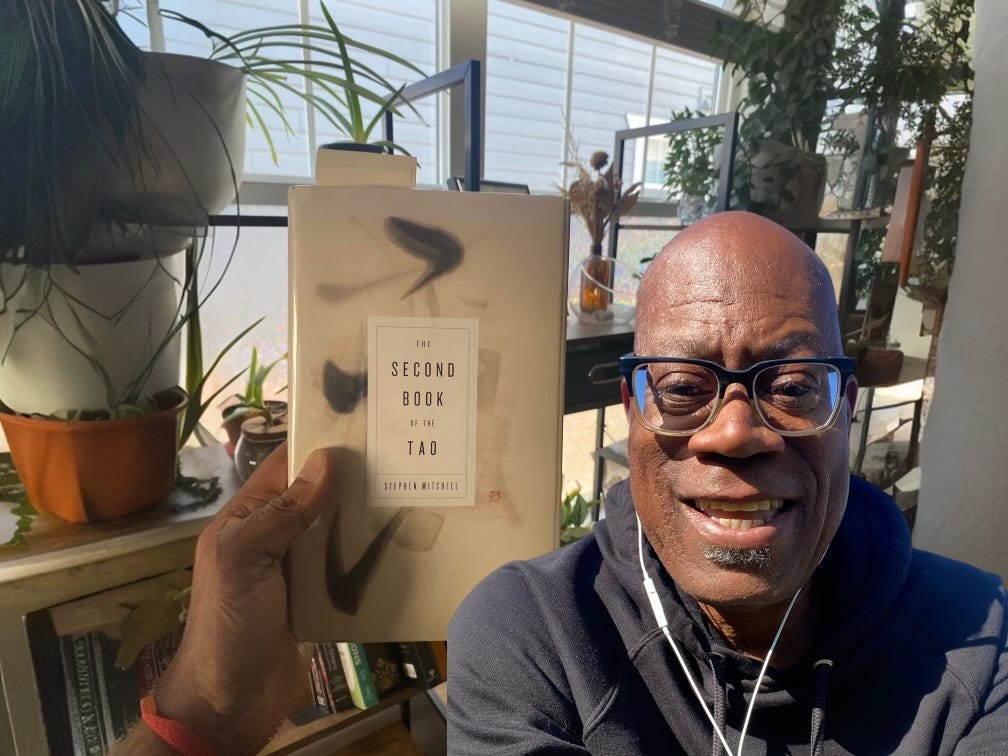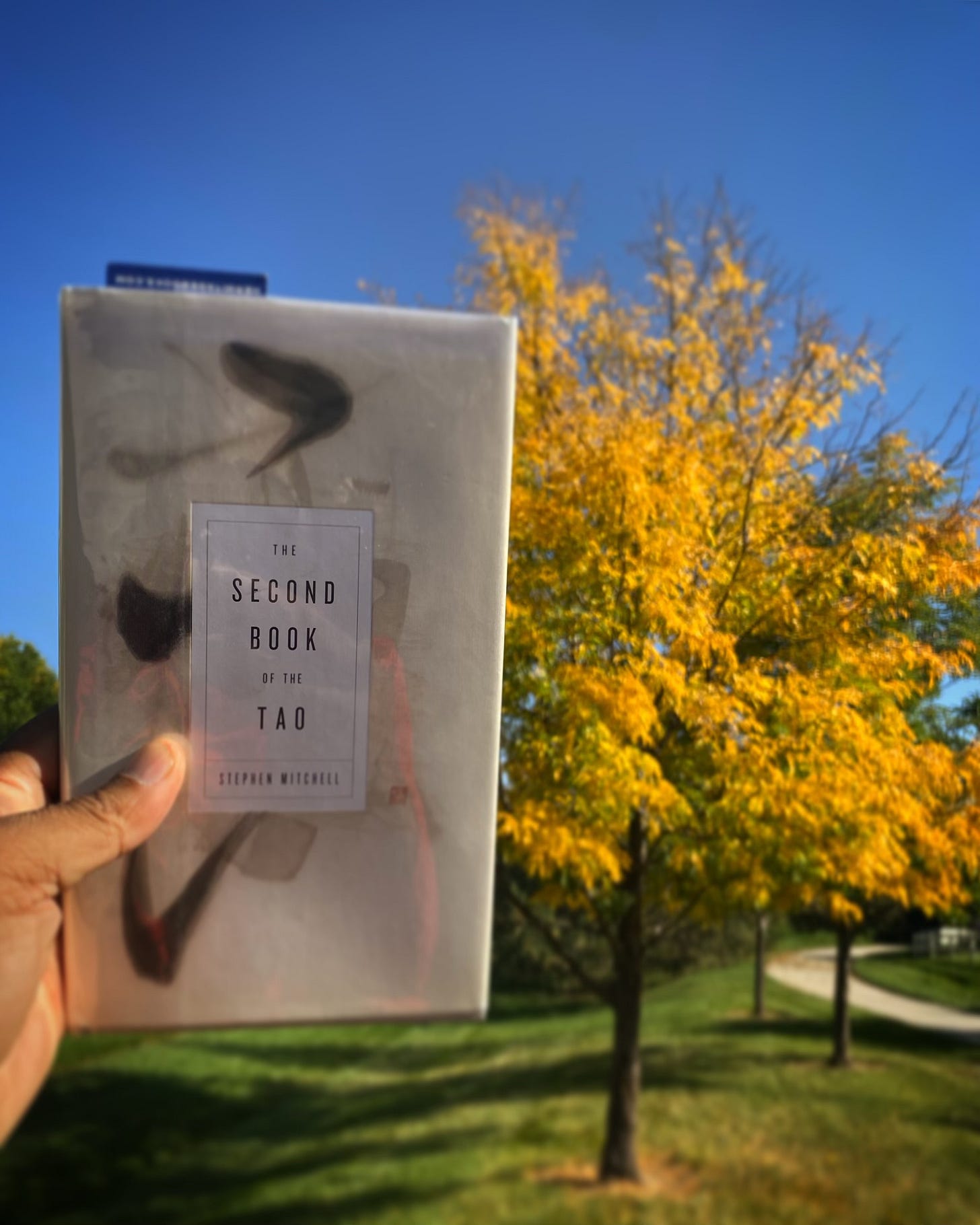Can a Rebel Translator Truly Capture the Tao?
Stephen Mitchell stands as a luminary in the world of Taoism, not merely for his translations but for his audacity to interpret ancient texts with a modern, poetic lens.
As the author of an illuminating translation of The Tao Te Ching as well as The Second Book of the Tao, Mitchell has carved out a space for himself as a bridge between the mysticism of Lao Tzu and the existential musings of the contemporary seeker.
His work has sparked both admiration and controversy, but it remains deeply influential for anyone who wishes to explore the path of the Tao.
For me, Mitchell’s translations have been nothing short of a revelation—a refreshing antidote to the often dense and esoteric nature of classical Taoist texts.
The Way of Stephen Mitchell
Stephen Mitchell’s journey into Taoism and literary translation is as intriguing as the texts he interprets. Born in Brooklyn in 1943, Mitchell’s academic background includes studies at Amherst, the University of Paris, and Yale.
His early interests lay in poetry, but a personal crisis in his twenties led him to a spiritual quest that included immersion in Zen Buddhism, Advaita Vedanta, and ultimately, Taoism. His spiritual awakening infused his literary career with a depth and sensitivity that would later define his translations.
In my view, what sets Mitchell apart from many translators is his willingness to embrace the ineffable nature of the Tao. He approaches the Taoist texts not as an academic or historian but as a poet and mystic.
Mitchell’s Tao Te Ching, first published in 1988, is not a literal translation but a reimagining of Lao Tzu’s verses for a Western audience. By distilling the essence of the text and removing archaic cultural references, Mitchell created a version of the Tao Te Ching that speaks to the universal and timeless aspects of Lao Tzu’s wisdom.
My Encounters with Mitchell’s Work
I first encountered Stephen Mitchell’s Tao Te Ching during a period of personal upheaval. At the time, I was searching for a way to navigate life’s complexities without becoming entangled in them.
The opening lines—“The Tao that can be told is not the eternal Tao”—struck me like a bolt of lightning. Here was a philosophy that didn’t demand dogma or rigid adherence to rules. Instead, it invited surrender, flow, and acceptance of the world as it is.
Mitchell’s language was immediate and accessible. Phrases like “When you are content to be simply yourself and don’t compare or compete, everybody will respect you” felt less like ancient wisdom and more like a compassionate friend whispering truths in my ear.
Over time, I found myself returning to his translations whenever I felt lost or overwhelmed. His work became a compass for my inner life, guiding me toward simplicity and spontaneity—qualities I often struggle to embody in a world driven by ambition and complexity.
Years later, when I read The Second Book of the Tao, I was once again captivated by Mitchell’s ability to breathe new life into ancient texts. Drawing from the works of Zhuangzi and Lao Tzu, Mitchell assembled a collection of aphorisms, parables, and reflections that felt like a sequel to the Tao Te Ching.
Here, his voice was even more confident and playful, blending the sacred and the irreverent with remarkable ease.
The Controversy Surrounding Mitchell’s Work
Mitchell’s translations have not been without their detractors. Traditionalists often criticize him for taking liberties with the original texts, arguing that his work is more interpretation than translation. They contend that his omission of certain historical and cultural nuances dilutes the authenticity of the original writings.
However, I would argue that Mitchell’s departures from literal translation are precisely what make his work so impactful. By prioritizing clarity and resonance over rigid fidelity, Mitchell opens the Taoist canon to a wider audience.
His translations are less about scholarly precision and more about capturing the spirit of the Tao—a task that arguably requires intuition and creativity as much as linguistic expertise.
Mitchell himself has acknowledged that his Tao Te Ching is a collaborative effort between himself and Lao Tzu. In his introduction, he writes, “I can’t claim that my version is more authentic than others; I can only say that it’s true to my own understanding of the Tao.”
For me, this honest appraisal, far from diminishing his work, elevates it. It reminds readers that the Tao is not something to be grasped through intellect alone; it must be felt and lived.
Why Mitchell’s Translations Resonate
One reason I find Mitchell’s translations so accessible is their simplicity. He has a knack for stripping away the extraneous and distilling complex ideas into language that is both profound and approachable.
For example, his rendering of Chapter 9 of the Tao Te Ching—“Fill your bowl to the brim and it will spill. Keep sharpening your knife and it will blunt”—is a masterclass in concision. The imagery is vivid, the message clear: strive too hard, and you will disrupt the natural balance of life.
Another reason Mitchell’s work resonates is its universality. While other translations of the Tao Te Ching can feel rooted in the specificities of ancient Chinese culture, Mitchell’s version speaks directly to the human condition.
His language is modern yet timeless, free from the arcane phrasing that often alienates readers new to Taoism.
Finally, Mitchell’s work resonates because it feels personal. His voice carries an authenticity that suggests he has lived the philosophy he translates.
This is particularly evident in The Second Book of the Tao, where his commentary on the texts reveals a deep engagement with the material. He is not merely an observer of Taoist philosophy but a participant in its unfolding mystery.
My Closing Thought
In the end, Stephen Mitchell’s work is an invitation to embrace the paradoxes of life. His translations remind us that the Tao is not something we can pin down or define; it is an experience, a way of being in the world.
For me, Mitchell’s Tao Te Ching and The Second Book of the Tao have been invaluable companions on my journey toward greater inner peace and understanding.
If his translations are controversial, it is because they challenge us to let go of our preconceptions about what ancient wisdom should look like.
Mitchell dares to make the Taoist texts his own, and in doing so, he makes them ours as well. His work may not satisfy purists, but it satisfies the seeker in me. And perhaps that is the greatest compliment one can give to a translator of the Tao.
Join us today as a paid member supporter. Or feel free to tip me some coffeehouse love here if you feel so inclined.
Your contributions are appreciated!
Every bit counts as I strive to deliver high quality feature articles into your inbox on a daily basis. Never any paywalls, just my raw thoughts which are open to everyone on what it means to be human.
Much Love,
Diamond Michael Scott — aka The Chocolate Taoist




Great article! Thank you. I too find Mitchell's version resonates the best with me.
Here's Mitchell describing what he's doing in the Foreword to the HarperPerennial edition: "I have often been fairly literal - or as literal as one can be with such a subtle, kaleidoscopic book as the Tao Te Ching. But I have also paraphrased, expanded, contracted, interpreted, worked with the text, played with it, until it became embodied in a language that felt genuine to me. If I haven't always translated Lao Tzu's words, my intention has always been to translate his mind."
Having thoughts and ideas move without friction from one mind to another is surely what good writing is all about. At least, that's how it seems to me.
Thank you, Diamond for such great article. The Tao is embedded everywhere. We participate in it without being aware. I don’t have Mitchell’s version, but I resonate with the point you’re making. 🙏🏽